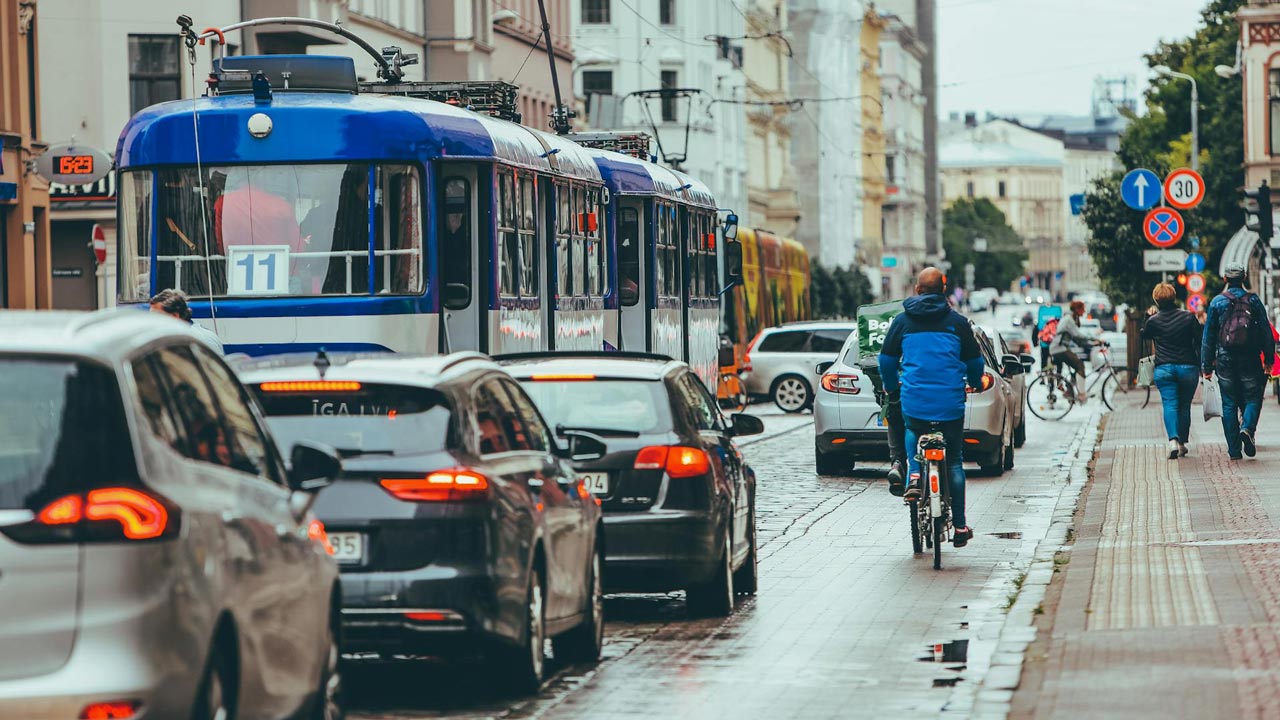
Why do people move?
Mobility Practices and Processes
We explore how and why people move, examining the impact that things like international aid, smuggling networks, and technology have on migration. We integrate community perspectives, employ interdisciplinary approaches, and strive to bridge the gap between policy discourse and lived experiences.
Highlights: This past year our work has:
- revealed migrants’ agency and resilience within smuggling networks;
- explored the economic and political challenges African countries face in cooperating on the return of irregular migrants from Europe, emphasizing the need for sustainable reintegration policies;
- shown through experimental data that interpersonal counselling can have large effects on if individuals choose to migrate and how to do so safely;
- mapped the permeability of land borders, revealing high levels between both rich and poor countries.
Upcoming Priorities: Over the next year we are working to
- conduct comparisons of smuggling networks globally to identify organizational structures and dynamics influencing mobility;
- investigate factors determining migration choices, emphasizing the role of agency and comparing policy actors’ perceptions;
- analyse different mobility data to assess visa overstayers in the Schengen area and develop a model to identify third countries contributing most to visa overstaying.
Explore more
Featured publications
- Roads, Rails, and Checkpoints: Assessing the Permeability of Nation-State Borders Worldwide – Emanuel Deutschmann, Lorenzo Gabrielli, and Ettore Recchi
- Refugee protection in the EU: Building resilience to geopolitical conflict – Silvia Carta, Helena Hahn, Tobias Heidland Pawel Kaczmarczyk, Mattias Lücke, Karolina Lukasiewicz, Mehari Taddele Maru, Marta Pachocka, and Martin Ruhs
- Global human smuggling : buying freedom in a retreating world – Luigi Achilli and David Kyle, editors
